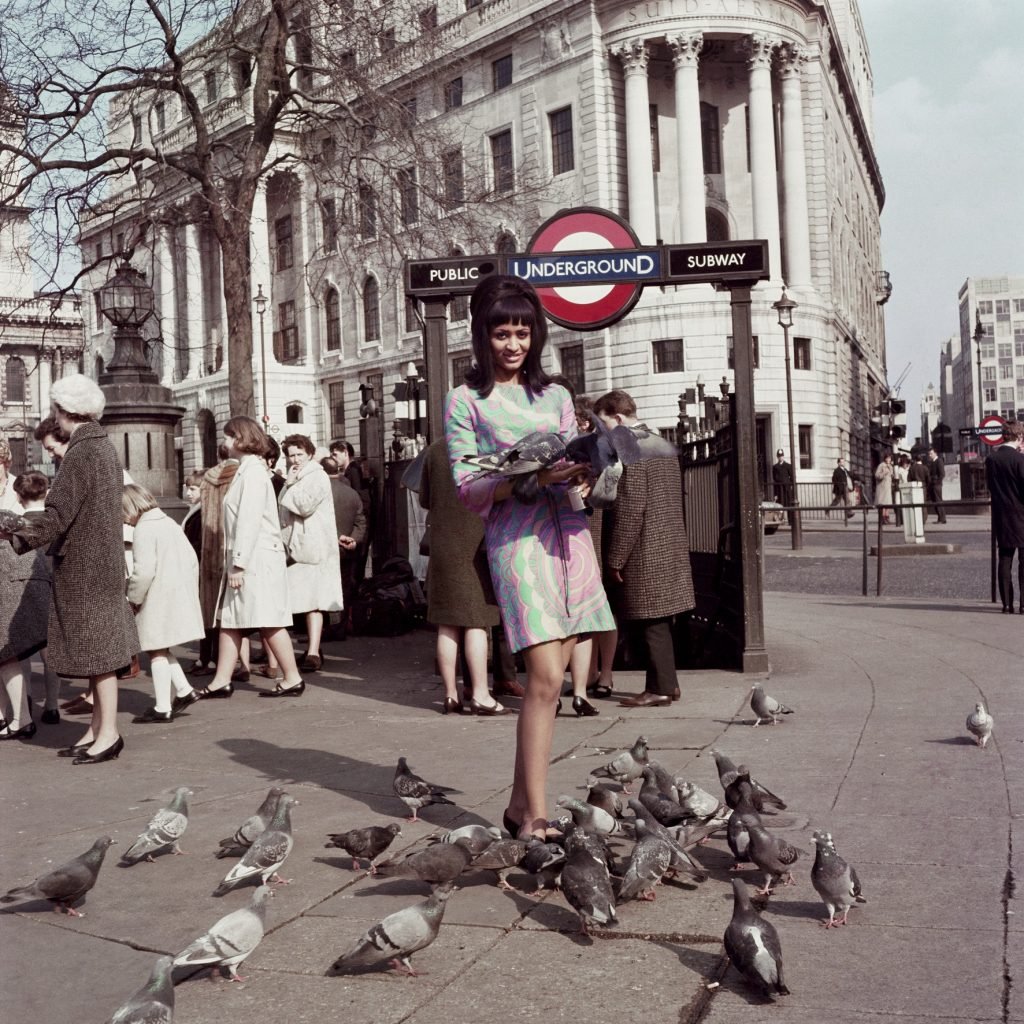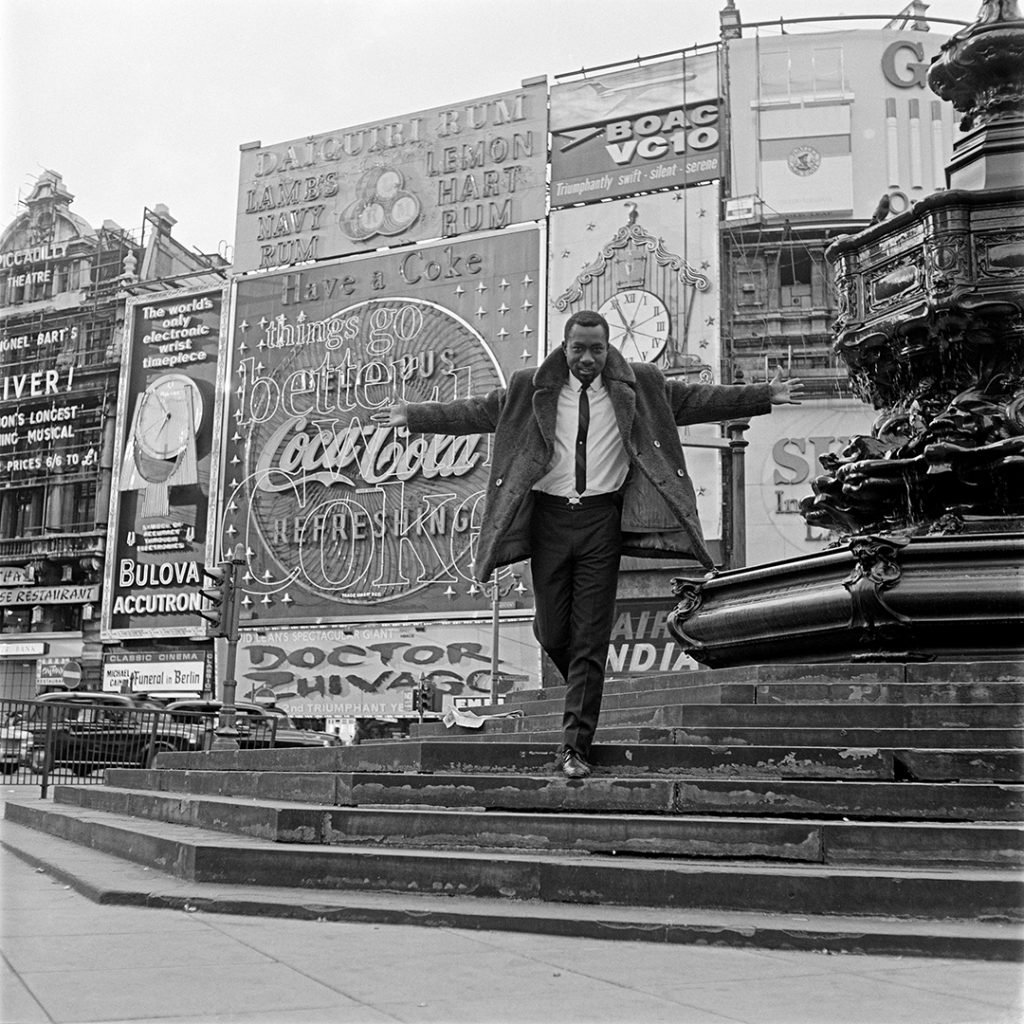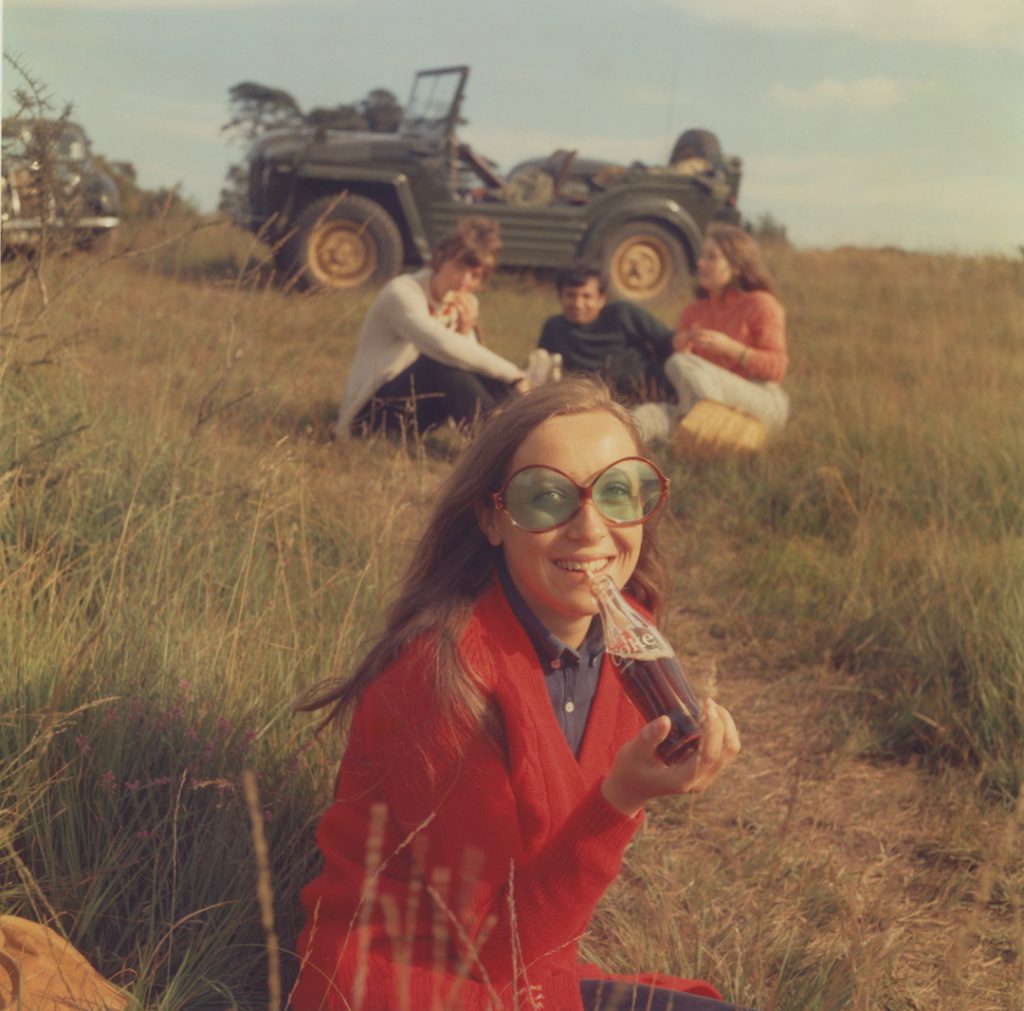Art & Exhibitions
‘For Every Story, I Have a Photograph’: Legendary Ghanaian Photographer James Barnor on His London Retrospective
“I wish I was just a bit younger for this,” he told our reporter wistfully in his home in suburban West London.

“I wish I was just a bit younger for this,” he told our reporter wistfully in his home in suburban West London.

Amah-Rose Abrams

Photographer James Barnor has just celebrated his 92nd birthday, weeks after his retrospective, “James Barnor: Accra/London,” opened at the Serpentine Gallery in London.
Throughout his six-decade career, Barnor ran his own photographic studio and retouching business, Ever Young, in Accra in the 1950s, and then worked as a photojournalist at Ghana’s first daily newspaper, the Graphic, before moving to London in 1959 (two years after the African nation won its independence) to train and work as a lead photographer for the South African fashion magazine Drum. His oeuvre now stands at tens of thousands of images.
Working as a photographer in the 1950s and ’60s, Barnor documented life in the U.K., photographing members of the Windrush generation, his holiday hikes with friends, and various weddings and christenings.
He took iconic cover shots for Drum and shot the famous portrait of BBC Africa Service journalist Mike Eghan, the BBC’s first Black presenter, whose iconic celebratory pose under Eros in Trafalgar Square was recreated for Barnor’s Italian Vogue cover with British model Adwoa Aboah for its April 2021 issue.
Published as a gatefold, the two images sit side by side: Eghan against the lights of the advertisements, and Aboah in the same motif, descending the steps of Eros, arms outstretched, 54 years later.

James Barnor, Mike Eghan at Piccadilly Circus, London (1967) . Courtesy Autograph.
Since 2007, when his work was exhibited at the Black Cultural Archives London, he has had 16 solo shows internationally.
“I wish I was just a bit younger for this,” he said wistfully as we sat in his home in suburban West London. “I’ve got so many stories. And for every story I could tell you, I have a photograph.”
Barnor’s photographs from the 1950s show a buzzing Accra at the dawn of independence. Yet he lost his Accra photo studio when his landlord wanted the space back, and after a friend sent him a postcard suggesting he may want to live in London, he decided to make the jump. In 1959, he got the money together and went to the U.K. with the idea of learning about television, which was yet to be introduced in Ghana.
“When you’re young and you get the opportunity, you use it,” he said. “I came for a new country and new experiences overseas.”
Barnor’s big breaks included photographing the Ghanaian independence ceremony for The Telegraph and, about a decade after his return to Ghana from the U.K. in 1970, he opened Africa’s first colour processing lab in Accra. Photographs taken in Ghana include an image of Kwame Nkrumah, who would go on to become the first Ghanaian president after independence.

James Barnor, Members of the Tunbridge Wells Overseas Club, relaxing after a hot summer Sunday walk, Kent (ca. 1968). Courtesy Galerie Clémentine de la Féronnière .
Still, he looks back on his early days in Ghana as “small fry” and calls his opportunities “luck.”
“Better late than never,” the photographer joked about his Serpentine exhibition, adding that he’d love to present the works in Ghana. “From Hyde Park to Northern Ghana, now that would really be a thing,” he said.
As my visit drew to its end, he was still talking about projects and ideas. He showed me a video of the screening of three short films about his work in Trafalgar Square celebrating the opening of the Serpentine show.
“All this is wonderful,” he said, watching himself standing just where he took his immortal shot of Eghan in 1967.